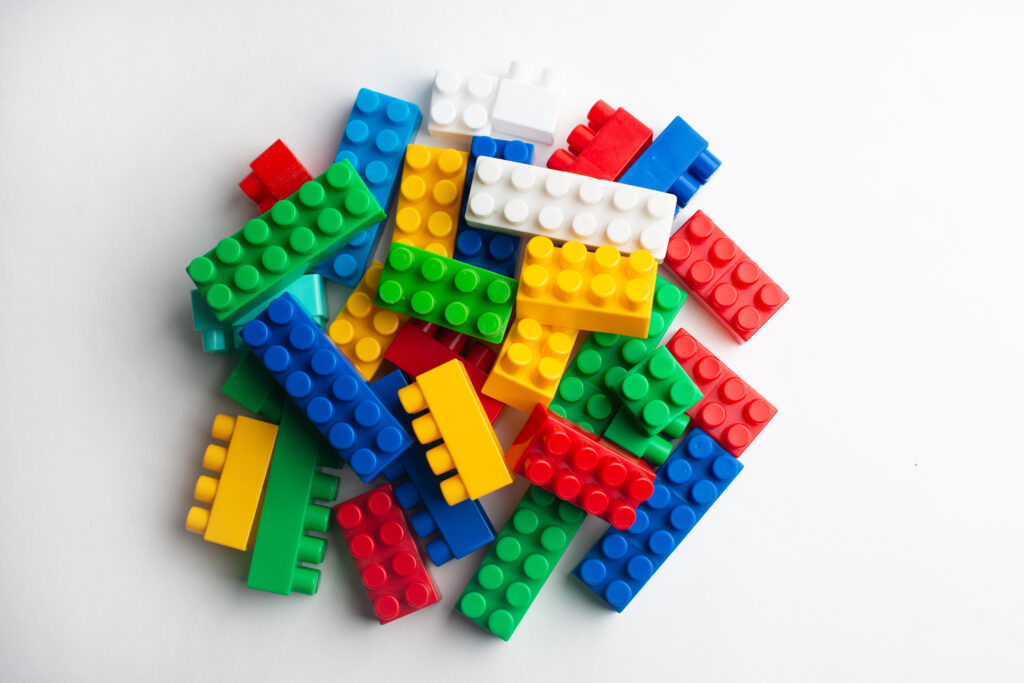
As architects and designers, we have a pretty keen fascination with LEGO (and many of us found our passion for the field starting with those 10 millimeter bricks as children). This fall, LEGO celebrated its 90th anniversary and we paused to consider why this particular toy brand has captivated the attention of people of every age for almost a century, as well as what the brand means to our field.
LEGO blocks originated in Denmark and were named for the Danish phrase that means, “play well.” The brand swiftly expanded to launch the DUPLO line of larger bricks for small children, as well as the mini-figs and other products and experiences, but the original LEGO brick has largely remained the same.
Every single brick, whether made in 2022 or 1972, is designed to fit together. This “lego system in play” was designed to open children’s imaginations to what could be possible, beyond the box that contained them. The process of building with LEGO helps teach children (and adults, if we are being honest) some of the key elements of architecture, including stability, utility and scale, and beauty. In fact, there is even a LEGO Architecture line that aims to “celebrate the past, present and future of architecture through the LEGO Brick.” There are nearly 70 sets celebrating global landmarks like the Leaning Tower of Pisa and the Sydney Opera House.
LEGO was able to achieve a perfect blend of simplicity in the building block of design while also generating complex systems and products well beyond the conceptual first brick.
Perhaps this is why our field tends to share such a fascination with LEGO. Every project begins with the same core process and uses the same tools. But after we complete our work, the results are as unique as the clients who requested them.
